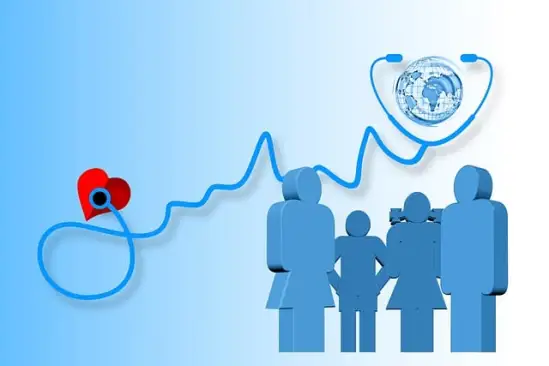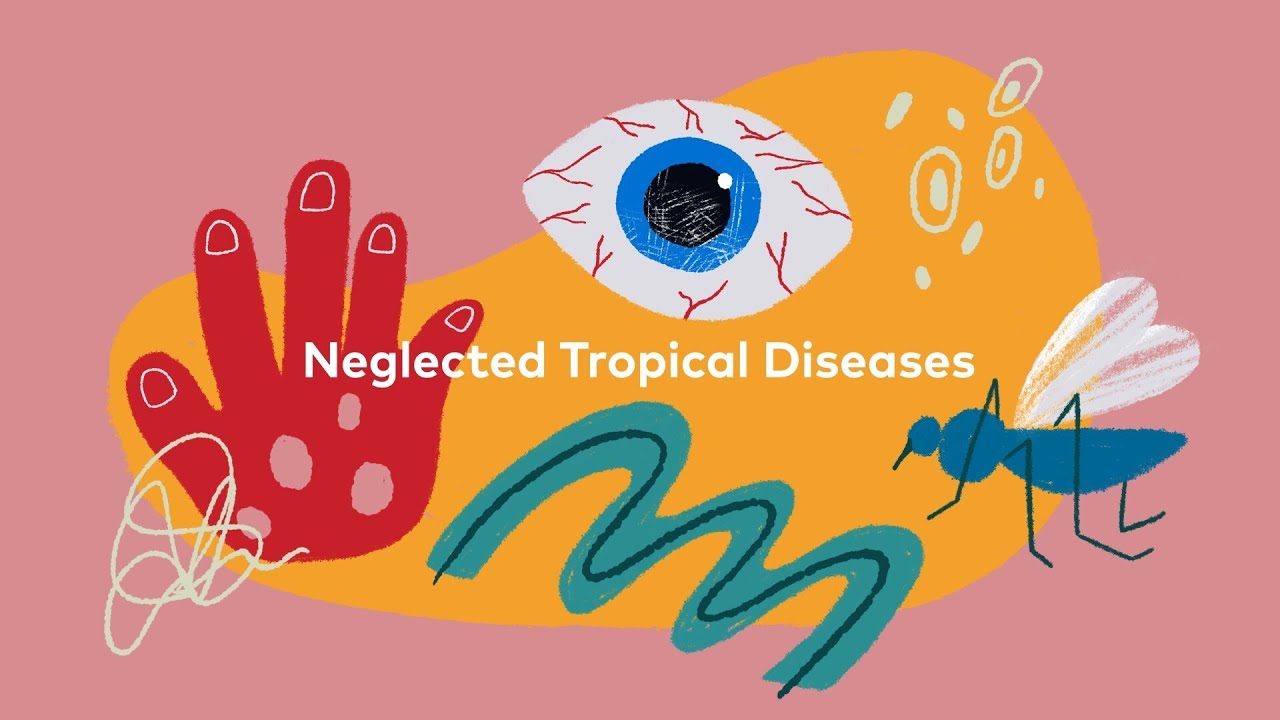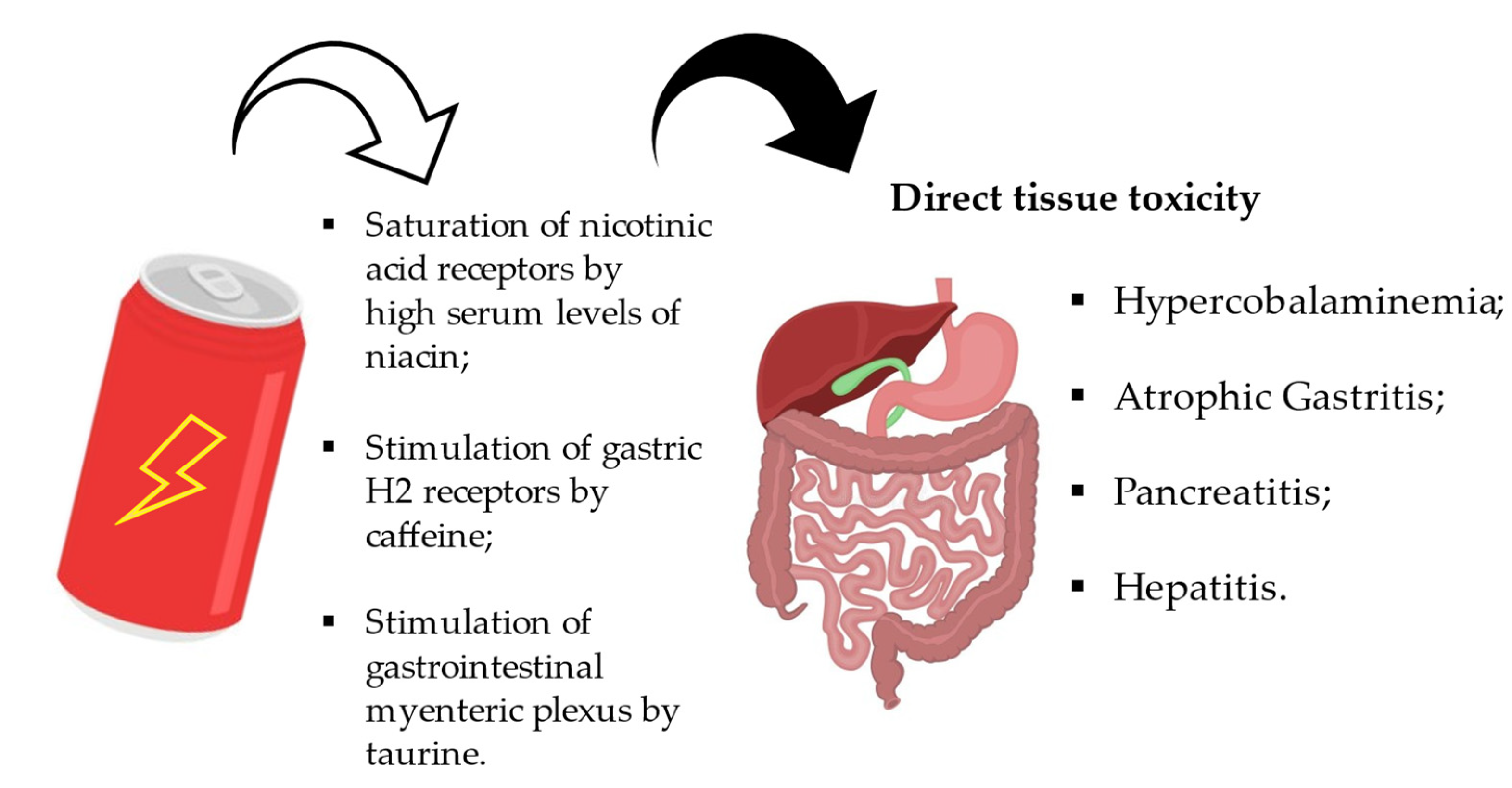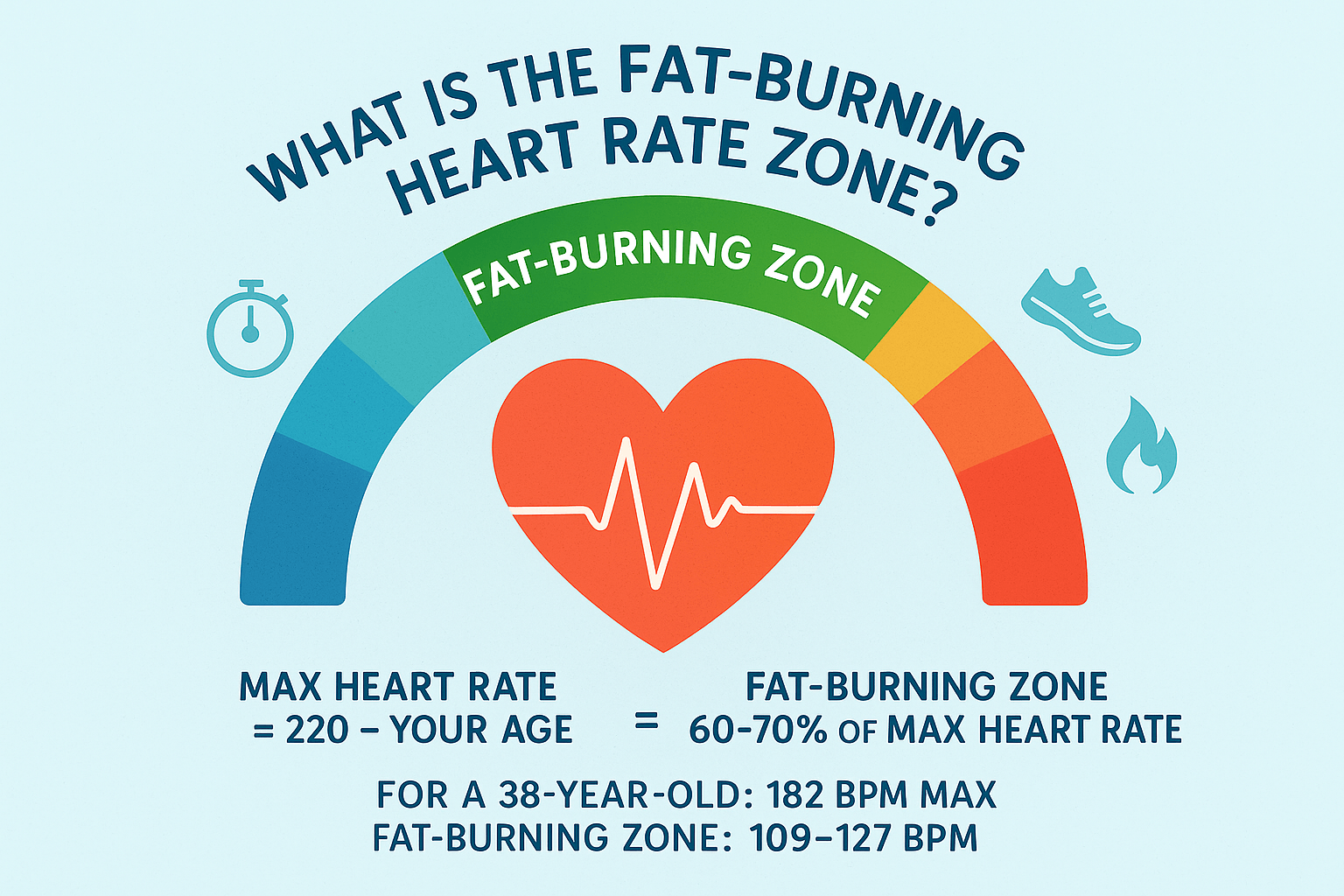Public health challenges nowadays no longer remain confined within local communities. Instead, they demand collective, coordinated responses that span from grassroots initiatives to global policies. In this article, we explore how transformative change in public health is achieved through community-led action, innovative health campaigns, and international collaboration. We will discuss the historical context, real-world examples, and key strategies that connect local efforts with global outcomes. In doing so, we highlight how a unified approach can save lives, reduce disease spread, and create healthier, more resilient communities worldwide.
Introduction
Public health is an ever-evolving field that requires timely responses to emerging challenges. From infectious disease outbreaks to rising rates of chronic illness, the need for robust public health measures has never been greater. Historically, many successful health interventions began at the grassroots level, with community members coming together to address local health issues through education, behavior change, and service delivery. These efforts, when multiplied and coordinated, create a ripple effect that can lead to global change.
This article will explore the transformational journey from grassroots initiatives to global health impact. By understanding the symbiotic relationship between community-driven action and large-scale public health strategies, we can gain insights into how collective action can reshape public health outcomes for the better.
Understanding Public Health: A Global Perspective
Before diving into the transformative impact of collective action, it is crucial to define public health and understand its global dimension.
What Is Public Health?
Public health is the science and art of preventing disease, prolonging life, and promoting health through organized community efforts and informed policy. Unlike clinical medicine, which focuses on treating individuals, public health aims to improve the well-being of entire populations through prevention, education, and policies that address social determinants of health.
Global Dimensions of Public Health
Global public health recognizes that many health challenges—such as pandemics, environmental pollution, and antimicrobial resistance—transcend national borders. International organizations like the World Health Organization (WHO) have been pivotal in coordinating health initiatives that affect multiple countries. Global health campaigns are critical for sharing resources, knowledge, and best practices to combat diseases on a worldwide scale.
Public health is now more interconnected than ever. Modern travel, urbanization, and economic globalization mean that a disease outbreak in one country can quickly become a global crisis, emphasizing the need for both local resilience and international preparedness.
The Interdependency of Local and Global Health
The health of local communities directly influences the global landscape. Effective local public health actions—such as vaccination drives, sanitation projects, and community health education—form the foundation upon which broader global health initiatives can build. In essence, the transformation of public health relies on a two-way process:
-
From the bottom up: Grassroots efforts inspire and inform national and international policies.
-
From the top down: Global guidelines and resources empower communities to implement locally relevant solutions.
The Power of Grassroots Movements
Grassroots movements have long been the engine driving public health innovations. These are often spontaneous, community-led initiatives that arise in response to immediate local health challenges. The strength of grassroots movements lies in their ability to harness local knowledge, mobilize community members, and create tailored solutions that resonate with the people they serve.
Community-Driven Initiatives
At the heart of every successful grassroots movement is community engagement. When community members identify a pressing health concern—such as an outbreak of infectious disease, lack of clean water, or low vaccination rates—they are best positioned to understand the nuances and cultural context surrounding the issue.
Key Elements of Effective Community Initiatives:
-
Local Ownership: When communities take control of health initiatives, they become more invested in the outcomes. This ownership often leads to better adherence and sustainable improvements.
-
Culturally Sensitive Approaches: Grassroots movements are uniquely capable of integrating cultural practices and local traditions into health interventions. This integration can increase acceptance and effectiveness.
-
Peer Influence and Social Networks: Information and behavioral norms spread rapidly through local networks. Harnessing these networks can create a multiplier effect, leading to widespread adoption of healthy behaviors.
Success Stories from the Local Level
Several real-world examples demonstrate the power of grassroots action in transforming public health:
-
Oral Rehydration Therapy (ORT) in Bangladesh: In the late 1970s, community health workers educated millions of mothers on how to prepare and administer ORT—a simple, cost-effective solution to prevent dehydration during diarrheal diseases. The campaign’s grassroots approach resulted in widespread ORT adoption, drastically reducing child mortality rates.
-
HIV/AIDS Awareness Campaigns in Sub-Saharan Africa: Local initiatives in countries like Zambia have successfully engaged young people through multimedia and community-based education, resulting in significant reductions in HIV transmission rates.
-
Community-Led Total Sanitation (CLTS): Programs in regions such as South Asia and Africa have used participatory methods to eliminate open defecation, improving hygiene practices and reducing waterborne diseases. These initiatives demonstrate that local action is essential to address health behaviors that significantly affect community health.
Grassroots initiatives serve as a blueprint for how small-scale projects can spark large-scale change. Their success often informs national health policies, which are then scaled up through international cooperation.
Collective Action: Connecting Grassroots and Global Impact
While grassroots initiatives are the lifeblood of public health transformation, their true potential is realized when they are interconnected with regional, national, and global strategies. This section explores how collective action weaves together local initiatives and global objectives to create comprehensive public health improvements.
Building Bridges Between Communities
To maximize the impact of grassroots movements, communities must be connected through networks that facilitate the sharing of best practices, resources, and experiences. Such networks can include:
-
Regional Collaborations: Neighboring communities and local governments can join forces to implement similar health initiatives, standardize protocols, and share lessons learned.
-
National Policy Frameworks: Successful local projects are often evaluated and scaled up by national governments. Government-backed programs provide the necessary funding, technical expertise, and legal frameworks to expand the reach of grassroots efforts.
-
International Partnerships: Global organizations like the WHO, UNICEF, and non-governmental organizations (NGOs) support grassroots movements by providing funding, training, and technical assistance. These partnerships help align local actions with global health targets such as the Sustainable Development Goals (SDGs).
Role of NGOs and Local Stakeholders
Non-governmental organizations and local stakeholders play a vital role in connecting grassroots movements with broader initiatives. NGOs often act as intermediaries between local communities and global bodies, ensuring that the voices of grassroots movements are heard at the international level.
Key Contributions of NGOs:
-
Capacity Building: NGOs offer training programs, workshops, and resources that help communities develop sustainable public health strategies.
-
Advocacy: They advocate for policy changes, ensuring that local needs are considered in national and international health agendas.
-
Monitoring and Evaluation: NGOs help establish metrics for measuring the success of grassroots initiatives, providing data that can inform policy and attract further support.
By empowering local leaders and fostering collaboration among various stakeholders, NGOs ensure that grassroots innovations can evolve into globally recognized success stories.
Global Health Campaigns and Observances
Global health campaigns are among the most visible expressions of collective public health action. They not only raise awareness about critical health issues but also mobilize resources and promote behavior change across populations. Let’s examine some of the key global health campaigns that have successfully bridged the gap between local actions and international initiatives.
World Health Day
Overview:
Celebrated every year on April 7, World Health Day marks the founding of the World Health Organization and serves as a call to action on a specific global health issue. Themes such as “Universal Health Coverage” and “Healthy Beginnings, Hopeful Futures” have focused on both local and global priorities.
Impact:
-
Awareness: World Health Day campaigns highlight pressing health issues ranging from infectious diseases to noncommunicable disorders, ensuring that the public remains informed.
-
Policy Influence: By spotlighting global health challenges, these campaigns prompt governments to introduce or refine policies that support health system improvements.
-
Community Engagement: In many countries, local governments, community groups, and NGOs host events, workshops, and health fairs, thereby directly engaging communities.
World Immunization Week
Overview:
Held during the last week of April, World Immunization Week is a global campaign designed to promote the importance of vaccines in preventing infectious diseases. With themes like “Vaccines Work for All,” this initiative underscores the critical role of immunization in public health.
Impact:
-
Increased Vaccination Rates: The campaign has contributed to significant improvements in vaccination coverage worldwide.
-
Global Collaboration: Countries share strategies and success stories, leveraging both grassroots education and global resources to fight vaccine-preventable diseases.
-
Community Trust: By focusing on immunization, local health workers can build trust within communities, leading to enhanced cooperation and better health outcomes.
Other Global Observances and Their Impact
Beyond these two flagship campaigns, several other global health observances play critical roles in shaping public health through collective action:
-
World No Tobacco Day: Focused on reducing the global tobacco epidemic, it has led to policy changes and community-driven cessation programs.
-
Global Handwashing Day: Emphasizes the importance of hygiene and has had a measurable impact on reducing respiratory and diarrheal diseases.
-
Mental Health Awareness Month: A national and international initiative that highlights mental health issues, reduces stigma, and fosters community-based mental health services.
These global campaigns serve as catalysts that propel grassroots initiatives into the global arena. By aligning local actions with internationally recognized themes, communities are able to garner the support and attention needed to effect lasting change.
Innovative Strategies in Public Health Transformation
To truly transform public health, innovative strategies that combine technology, data, and community engagement are essential. By leveraging modern tools and methods, public health practitioners are better able to address both local and global challenges.
Leveraging Technology and Social Media
In today’s digital age, technology plays a pivotal role in amplifying the impact of public health initiatives:
-
Mobile Health (mHealth): Mobile phones have become essential tools in delivering health information, especially in resource-limited settings. Programs such as Tanzania’s “Wazazi Nipendeni” send text messages with pregnancy care tips, demonstrating the power of technology to bridge gaps in health communication.
-
Social Media Campaigns: Platforms like Facebook, Twitter, and Instagram allow public health organizations to reach diverse audiences quickly. Viral social media campaigns not only raise awareness but also foster community engagement and collective action.
-
Telemedicine: Advances in telemedicine have enabled remote consultations, allowing patients in rural and underserved regions to access expert health care advice. This increases the reach and effectiveness of local health services while maintaining a connection with global health standards.
Data-Driven Decision Making
Accurate data is the cornerstone of effective public health planning and evaluation. By utilizing data analytics, communities and governments can:
-
Identify Trends: Surveillance systems help detect outbreaks and monitor health trends, allowing for timely interventions.
-
Measure Impact: Data allows for the evaluation of public health programs, ensuring resources are allocated efficiently.
-
Optimize Resources: Evidence-based decision making ensures that investments in public health yield the highest possible returns, both in terms of health outcomes and cost savings.
Collaboration in Innovation
Successful public health transformation is often the result of cross-sector collaboration. By partnering with academic institutions, private companies, and international organizations, communities can:
-
Drive Research: Collaborative research leads to innovative solutions and advances in treatment and prevention.
-
Share Best Practices: Global and local partnerships facilitate the exchange of ideas and strategies, accelerating the pace of innovation.
-
Mobilize Funding: Collaborative projects are more likely to attract funding and support from diverse sources, ensuring the sustainability of public health initiatives.
These innovative strategies not only improve immediate health outcomes but also lay the foundation for long-term, sustainable public health improvements—from grassroots communities to the global stage.
Challenges and Opportunities in Collective Public Health Action
While the transformative power of collective action is evident, several challenges and opportunities must be addressed to sustain and enhance public health outcomes.
Challenges in Scaling Local Initiatives
Despite the successes of grassroots movements, scaling these initiatives to achieve global impact is not without obstacles:
-
Resource Limitations: Many local communities lack the financial and technical resources necessary to scale up successful health interventions.
-
Cultural and Linguistic Barriers: What works in one community may not be applicable in another due to differences in cultural norms, languages, and socioeconomic conditions.
-
Coordination Challenges: Aligning local initiatives with national policies and international goals can be complex, as it often requires overcoming bureaucratic hurdles and ensuring effective communication among diverse stakeholders.
-
Sustainability: Maintaining momentum over the long term is a key challenge. Without continual funding, training, and community support, many grassroots projects struggle to sustain their gains.
Opportunities for Enhancing Community Engagement
Despite these challenges, numerous opportunities exist to further enhance the impact of collective public health action:
-
Innovative Funding Mechanisms: Crowdfunding, public-private partnerships, and international grants are increasingly available to support grassroots health initiatives.
-
Capacity Building Programs: Training and education programs empower local health workers and community leaders, ensuring that successful models are adapted and maintained.
-
Digital Connectivity: The increasing penetration of mobile technology and internet access is bridging the gap between isolated communities and global health networks.
-
Policy Advocacy: Grassroots movements that successfully demonstrate improved health outcomes can influence national and international policymakers, leading to more supportive policies and resource allocation.
-
Integration of Traditional Knowledge: Combining modern medical practices with traditional health knowledge can create culturally tailored interventions that are both effective and sustainable.
-
Data and Technology Integration: Advanced data analytics and digital health tools offer unprecedented opportunities for monitoring, evaluation, and real-time response to emerging public health threats.
By capitalizing on these opportunities, communities can overcome inherent challenges and build a robust framework that connects local health interventions to global public health strategies.
The Future of Public Health: Toward a Global, Sustainable Approach
Looking ahead, the evolution of public health will likely be characterized by an even greater integration of local initiatives with global frameworks. Here are some of the emerging trends and future directions:
Emphasizing Equity and Inclusion
Global public health must embrace an equity-driven approach to ensure that all communities—especially the most vulnerable—have access to essential health services. Initiatives that focus on reducing health disparities, ensuring universal health coverage, and addressing social determinants of health are becoming central to the global health agenda. By creating policies that explicitly promote inclusion, governments and international organizations can help drive sustainable improvements in public health outcomes.
Strengthening Global Health Governance
The COVID-19 pandemic has underscored the need for robust global health governance structures. Future strategies will likely include:
-
Enhanced International Cooperation: Strengthening the roles of the WHO and other international agencies to coordinate responses during health emergencies.
-
Global Health Security Frameworks: Developing frameworks that ensure rapid response to outbreaks and other public health threats.
-
Collaborative Research Networks: Establishing global research networks that share data, innovations, and best practices across borders.
These measures will be essential to ensure that public health responses are timely, coordinated, and effective on a global scale.
Integrating Sustainable Development Goals (SDGs)
The United Nations’ Sustainable Development Goals (SDGs) provide an important blueprint for building a healthier and more sustainable world. Public health initiatives are increasingly being aligned with these goals:
-
SDG 3 (Good Health and Well-Being): Ensuring healthy lives and promoting well-being for all at all ages is at the heart of global health efforts.
-
SDG 6 (Clean Water and Sanitation): Access to clean water and proper sanitation is critical for preventing disease and promoting community health.
-
SDG 10 (Reduced Inequalities): Addressing the social determinants of health and reducing disparities is fundamental to achieving health equity.
-
SDG 17 (Partnerships for the Goals): Global partnerships, involving governments, NGOs, and community organizations, are essential for mobilizing resources and expertise.
By integrating public health strategies into the broader framework of the SDGs, communities at the grassroots level can contribute meaningfully to a sustainable future.
Innovation in Public Health Policy
Innovation is not limited to technology and community action alone; it extends to the realm of policy as well. Future public health policy may feature:
-
Evidence-Based Policy Making: Utilizing rigorous data analysis and research to inform policy decisions that affect public health on a large scale.
-
Flexible and Adaptive Policies: Creating policies that can adapt rapidly to new health challenges, such as emerging infectious diseases or environmental hazards.
-
Collaborative Policymaking: Involving diverse stakeholders—including local communities, health professionals, researchers, and international agencies—in the policymaking process to ensure that policies are comprehensive and relevant.
These policy innovations will enable governments and global organizations to respond quickly and effectively to public health emergencies while fostering long-term improvements.
Conclusion
The transformation of public health from grassroots initiatives to global impact illustrates the power of collective action. Local communities, equipped with the knowledge, cultural insights, and commitment to change, serve as the nucleus of public health innovation. When these grassroots movements are connected with national policies and global partnerships, the result is a health system capable of addressing complex challenges—from infectious diseases to chronic health problems—on a worldwide scale.
This article has explored the journey from community-driven actions to international initiatives, highlighting the importance of:
-
Understanding Public Health: Recognizing the global and local dimensions of health challenges.
-
Grassroots Movements: Celebrating the successes of community-driven initiatives that have reshaped health outcomes.
-
Collective Action: Demonstrating how collaboration between local, national, and global players amplifies public health achievements.
-
Innovative Strategies: Leveraging technology, data, and inclusive policies to create adaptable and sustainable health solutions.
-
Future Directions: Emphasizing the integration of global health governance, sustainable development, and innovation in public health policy.
As we move forward, the lessons learned from past and present public health campaigns must inform our approach to future challenges. By strengthening community involvement, fostering innovative partnerships, and ensuring equitable access to health services, we can build a future where public health is not only a local priority but also a shared global responsibility.
Key Takeaways:
-
Grassroots initiatives are the foundation of successful public health interventions.
-
Collective action ensures that local successes can inform and transform global health strategies.
-
Technology, social media, and data-driven approaches are revolutionizing the way we communicate and respond to health challenges.
-
Global observances, such as World Health Day, World Immunization Week, and Mental Health Awareness Month, mobilize communities and coordinate international responses.
-
Sustainable public health relies on policies that prioritize equity, collaboration, and innovation.
Through continued collaboration, dedication, and the willingness to learn from both successes and setbacks, collective action remains the most powerful tool in transforming public health from the grassroots to a truly global impact.













